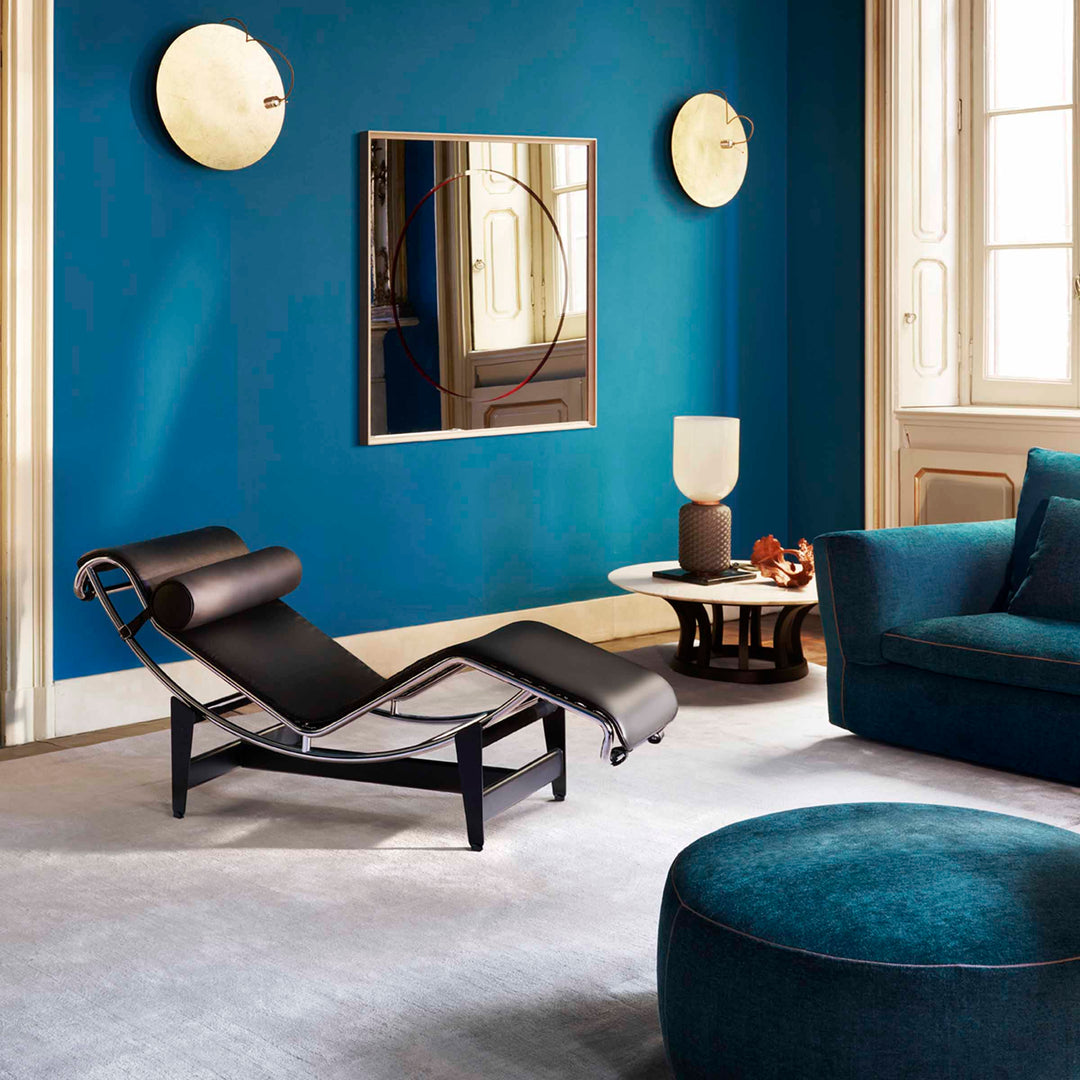DESIGN ITALY EDITORIAL by Cristina Morozzi: Travel in Italy 1 - TORINO
Let's start a journey in Italy, not as classic tourists with historical monuments' guide in hand, but willing to really know Made in Italy's value.
Giacomo Becattini, well-known economist, Economics and Politics resident professor at the University of Florence. In his essay "Industrial districts and made in Italy" (Bollati Boringhieri, Turin 1998), he argues that "there is no need to recall the past to point out that the geography of the manufacturing districts, that has equal nowhere, created and fed the miracle of Italian design. " Each Italian region, capitals and villages have excellent manufactures, memories of ancient traditions. The industrial and craft districts constitute a network of specialized processing in the materials that the territory offers.
Blown glass in Venice, calfskin tanned in various varieties, from wild boar to saffiano, made soft and supple to adapt to different shapes, in Arzignano in Veneto and Santa Croce sull’Arno in Tuscany. Marble in Carrara - Tuscany, where there is the "white" favourite of sculptors. The rare quarries alabaster in Volterra offers refined historical and contemporary works in its city museum.
But let's start from Piedmont with the Fratelli Piacenza, and Loro Piana wool mills specialized in fine cloths and cashmere knitwear, respectively in Biella and Quarona, which owe the special softness of their products to washing in the slightly calcareous water of the Piedmontese rivers. In Crusinallo, a hamlet of Omegna, we find Alessi, Bialetti and Lagostina, historic steel houseware companies. In Bra, in the province of Cuneo, Abet Laminati is based, a manufacturer of decorative plastic laminates since 1946, which found their most famous expression in the Memphis furniture collection, promoted by Ettore Sottsass in 1981. Cherasco, also in the province of Cuneo, is home to "The Magic Museum".
And it is no coincidence because Turin, crossed by two rivers, the Po 'and the Dora, is known as the city of black magic. In Turin, there is the cinema museum. And it should not be forgotten that fashion was also born in Turin, where the National Fashion Agency was founded in 1932 and where, in the 1960s, the Textile Finance Group started the transformation of tailoring into industrial production. As for gastronomy, Piedmont is a region of primates, starting with the white truffles of Alba, continuing with the fine wines of the Langhe and following the gianduiotti, then the bicerin, a coffee with chocolate and milk cream and, finally, the Bonet, spoon dessert, made with macaroons, cocoa, eggs and milk.
Still, on the subject of gastronomy, it is essential to point out the University of Gastronomic Sciences, founded by Carlo Petrini, promoter of slow food, based in the historic castle of Pollenzo, near Cherasco.
Turin is home to the National Automobile Museum, considered one of the most important and oldest in the world.
The Arte Povera movement was born in Turin, founded by the famous art critic Germano Celant, which gives impetus to the artistic life of the Piedmontese capital, where important art galleries are active and which welcomes in the Castello di Rivoli, an important art museum contemporary, a large number of works of poor art and which welcomes visitors with the provocative “Bel Paese” carpet by Maurizio Cattelan.
urin, together with Florence, was the capital of the radical design movement with Studio 65, still active, author, of iconic pieces, such as the Bocca sofa, produced by Gufram, a company founded in Grosso in the province of Turin by the Gugliermetto brothers in 1952, today with based in Barolo, which was among the first in Italy to produce furniture in polyurethane foam by cold moulding.
















